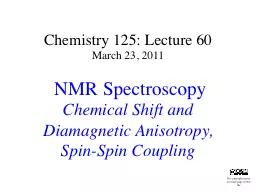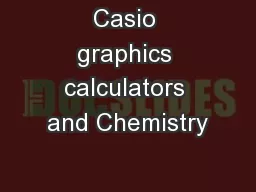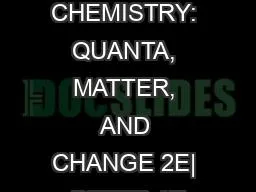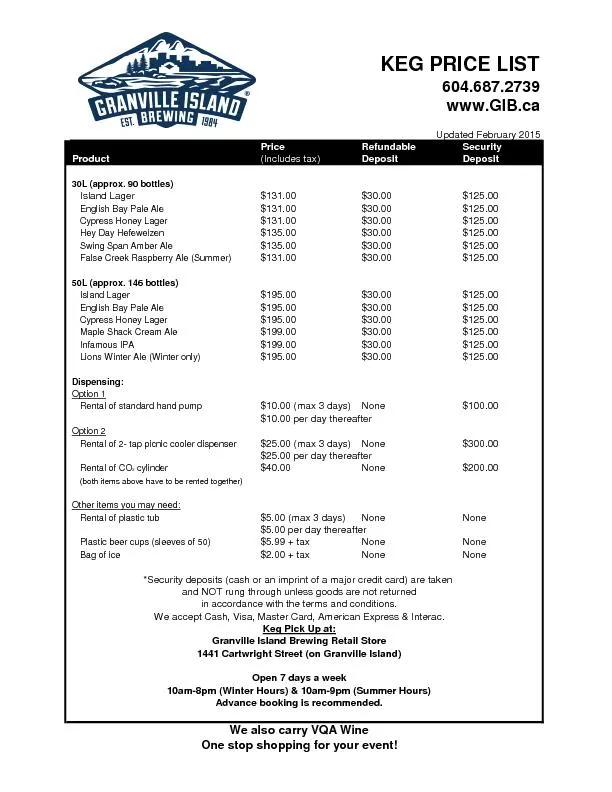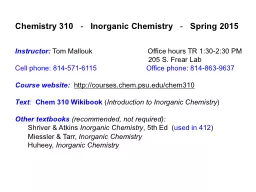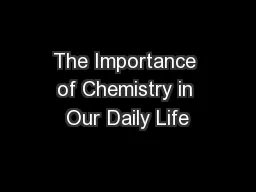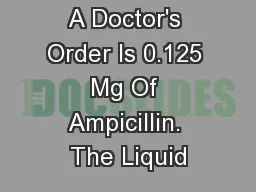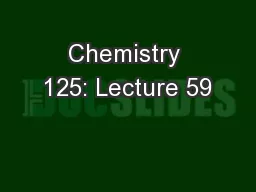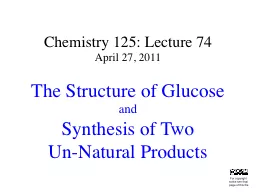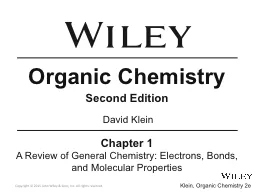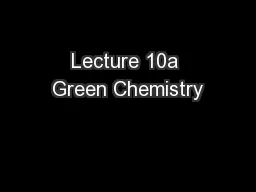PPT-Chemistry 125: Lecture 60
Author : lois-ondreau | Published Date : 2018-01-12
March 23 2011 NMR Spectroscopy Chemical Shift and Diamagnetic Anisotropy SpinSpin Coupling This For copyright notice see final page of this file Components of
Presentation Embed Code
Download Presentation
Download Presentation The PPT/PDF document "Chemistry 125: Lecture 60" is the property of its rightful owner. Permission is granted to download and print the materials on this website for personal, non-commercial use only, and to display it on your personal computer provided you do not modify the materials and that you retain all copyright notices contained in the materials. By downloading content from our website, you accept the terms of this agreement.
Chemistry 125: Lecture 60: Transcript
Download Rules Of Document
"Chemistry 125: Lecture 60"The content belongs to its owner. You may download and print it for personal use, without modification, and keep all copyright notices. By downloading, you agree to these terms.
Related Documents

